Arctic Ice
A visual archive of a unique collaboration among Cy Keener, Justine Holzman, Ignatius Rigor, and John Woods.
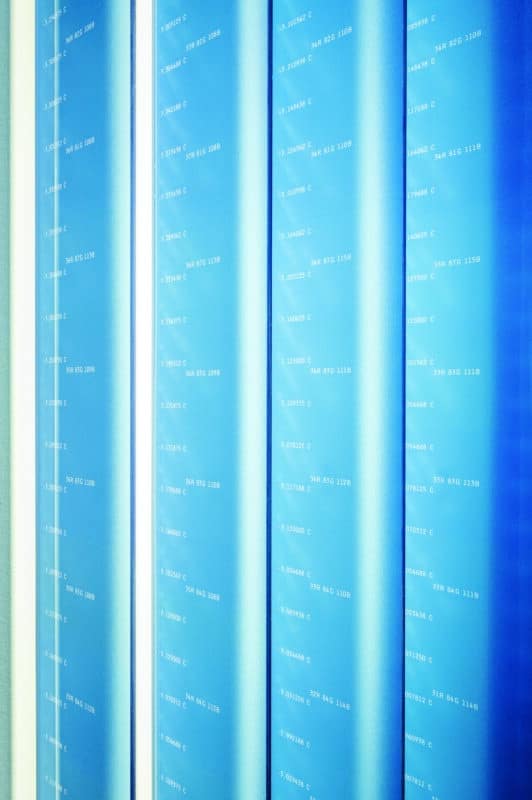
Integrating field data, remote satellite imagery, scientific analysis, and multimedia visual representation to document Arctic ice that is disappearing due to climate change, this artwork is the outcome of a four-year collaboration involving art, design, and polar science between artist Cy Keener, landscape researcher Justine Holzman, climatologist Ignatius Rigor, and scientist John Woods. With this work, Keener and Holzman’s goal is to make scientific data tangible, visceral, and experiential. They ask how artistic and creative practices can contribute to scientific endeavors while making scientific research visible to the public.
What is unique about this art based on scientific data is that Keener and Holzman were involved in the design and construction of the tools that collected the data as well as their placement in the environment. According to Ignatius Rigor, “the data-collecting instruments are themselves hybrids of art and exquisite engineering.” Rigor is a polar scientist at the University of Washington who has long worked with John Woods, the country director at the Office of Naval Research. Together, they manage the International Arctic Buoy Programme, which is responsible for coordinating the deployment of weather and climate instruments on the Arctic Ocean to maintain a 30-year-record of Arctic climate data.
In 2018, Keener reached out to Woods, who brought Rigor into the conversation, to discuss their mutual need for drifting buoys. The two scientists required the buoys for scientific research, but Keener wanted to gather source material for an artistic investigation. Over a six-month period in 2019, the artists worked with the scientists to develop a Light and Ice Mass Balance buoy that could take measurements in floating sea ice along a string of sensors. Light and easy to deploy—befitting the extreme conditions—the buoy gathers data on sunlight, air pressure, and temperature as well as depth, which are used to estimate the growth and melt of sea ice, called ice mass balance. Rigor admired the buoy: “The hull that protected the electronics of the LIMB buoy was so exquisite, I thought it was a crime to leave this instrument on the remote confines of sea ice to never be seen again.”
Being deeply embedded in each other’s processes created a logic loop that fostered new ideas and unexpected outcomes. Rigor put it this way: “Cy and Justine’s work uses science to inform their art, which in turn informs science, creating more questions and a cycle where engineering, art, and science interact to expand our knowledge.” This blending creates alternative perspectives on the collection and representation of environmental data that help viewers to better understand the physical, experiential, and technical landscapes of climate science.
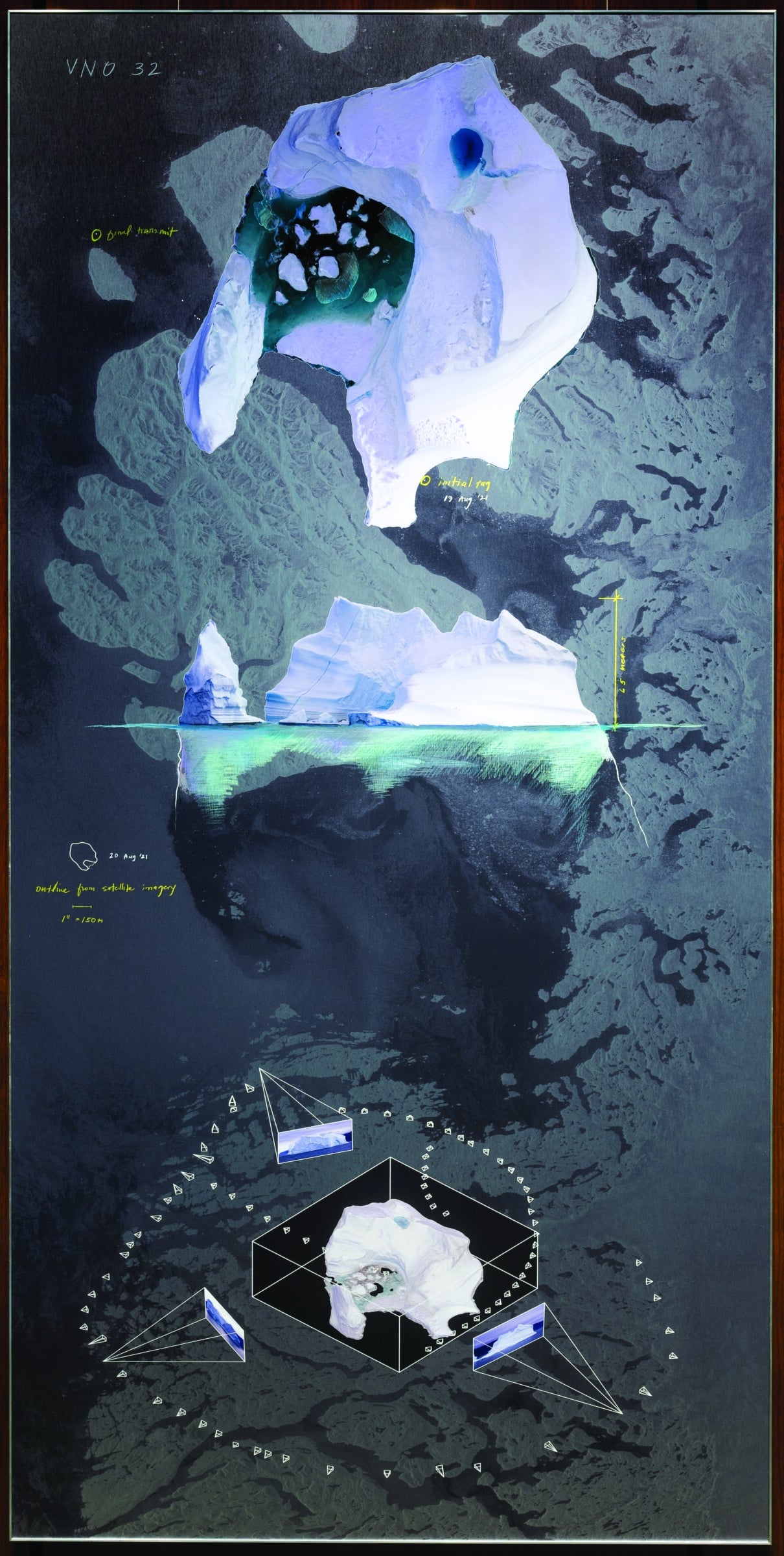
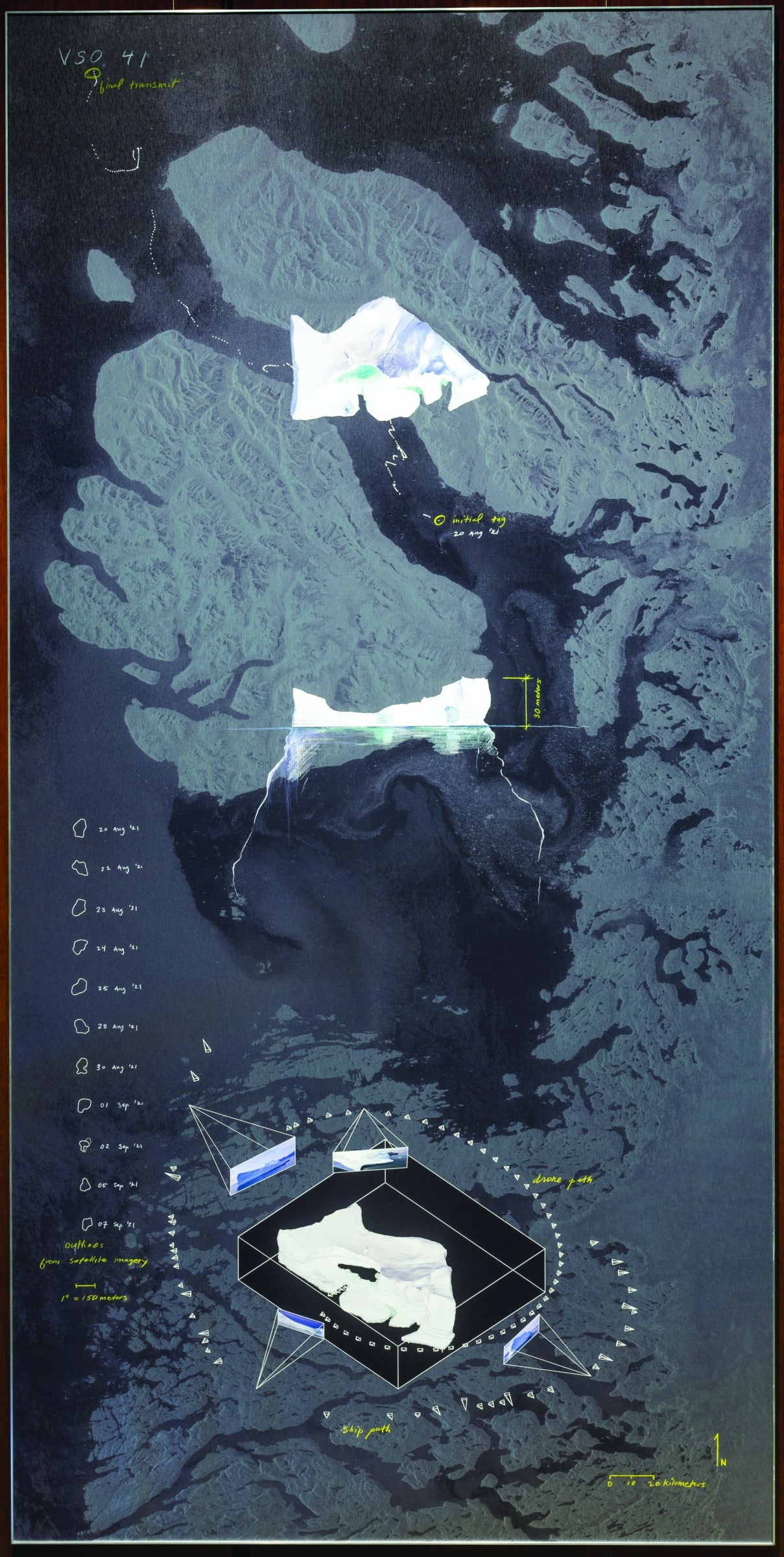

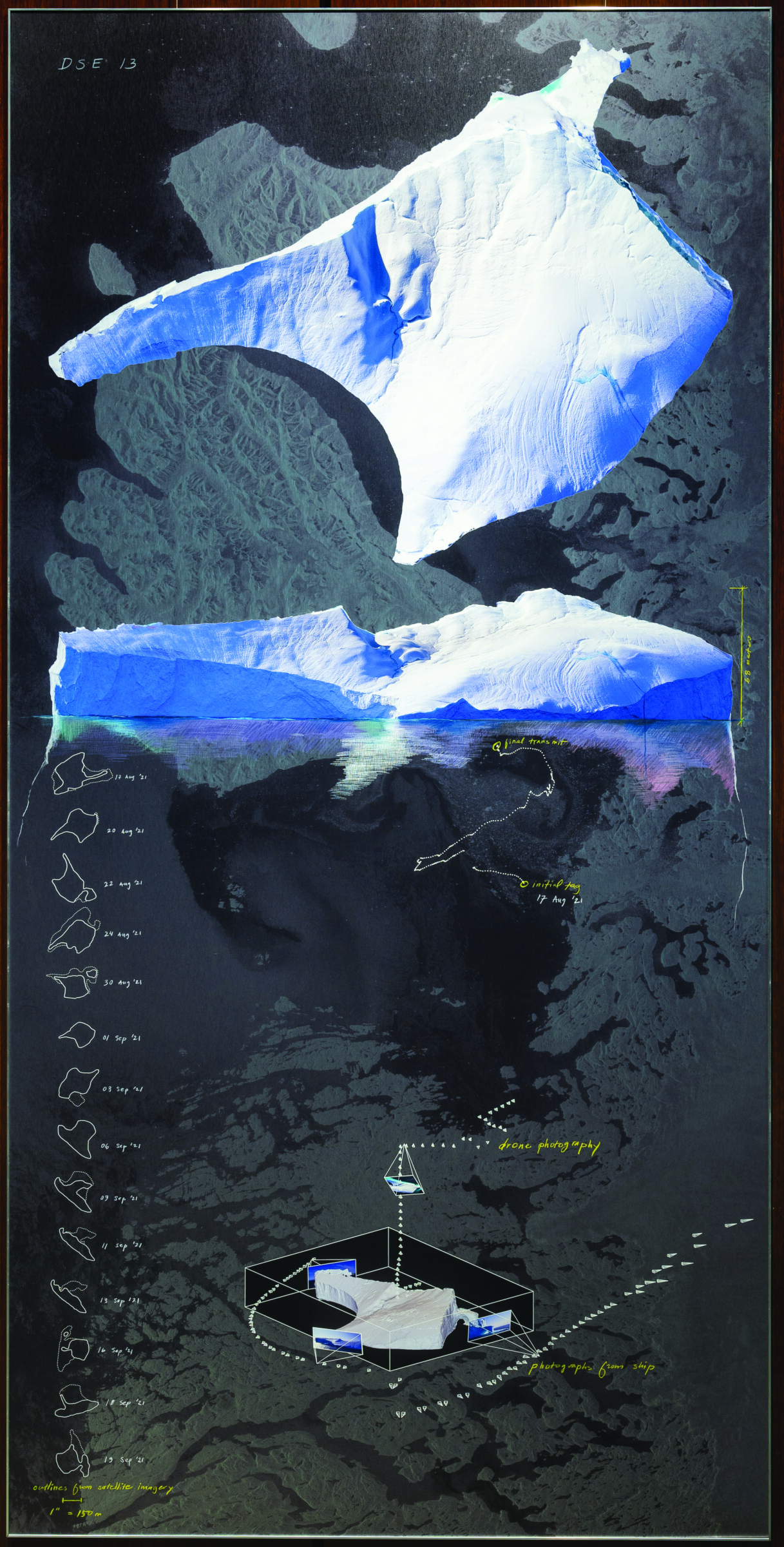
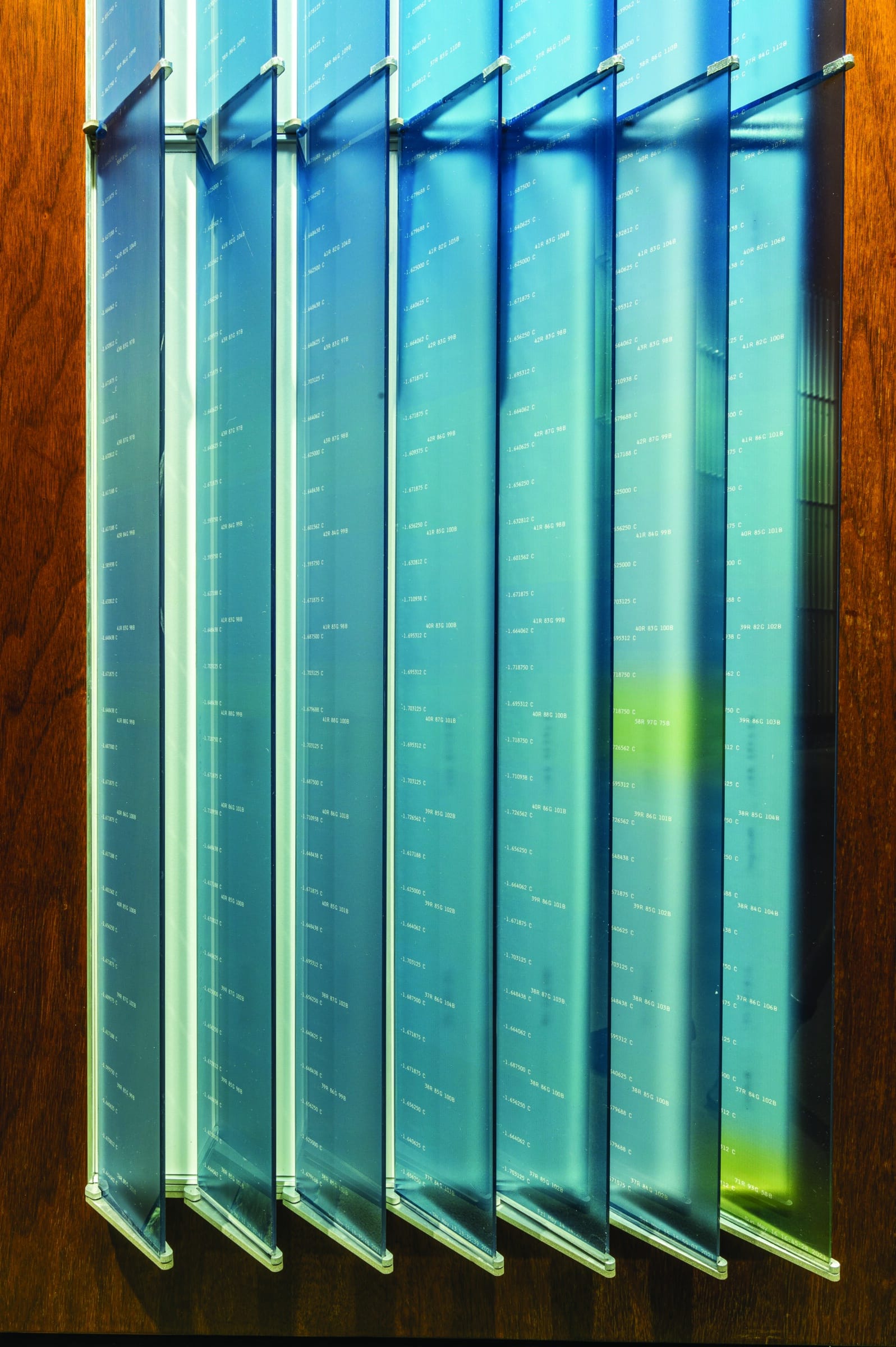
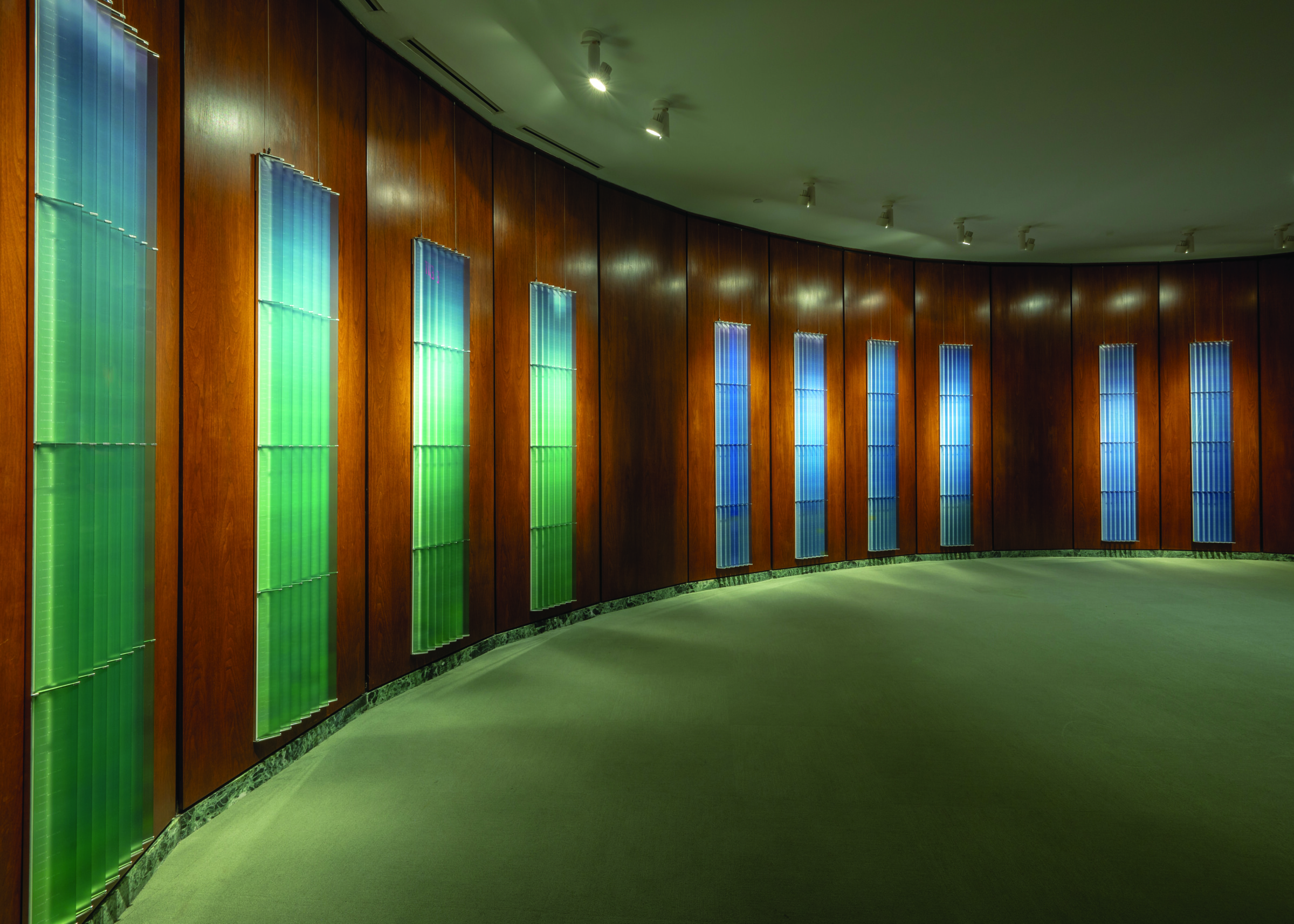
The exhibition Arctic Ice: A Visual Archive, opens on September 15, 2022, at the National Academy of Sciences and will remain on view through February 15, 2023.
